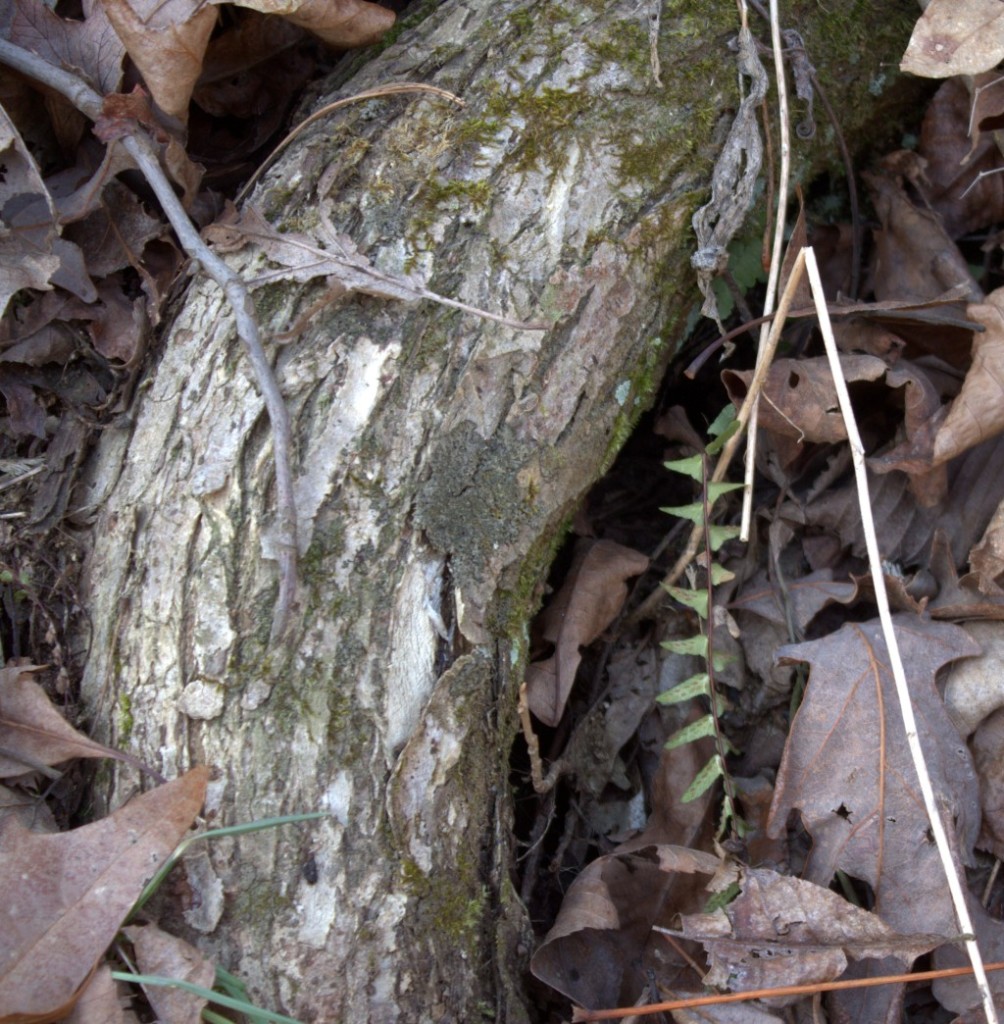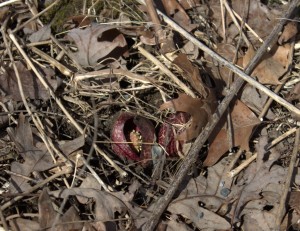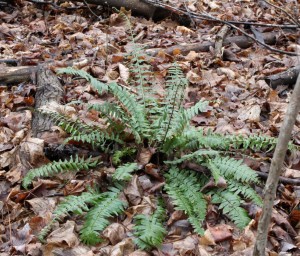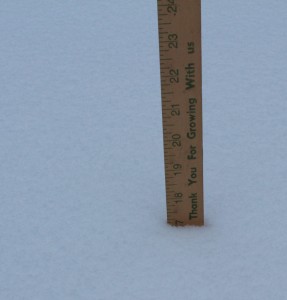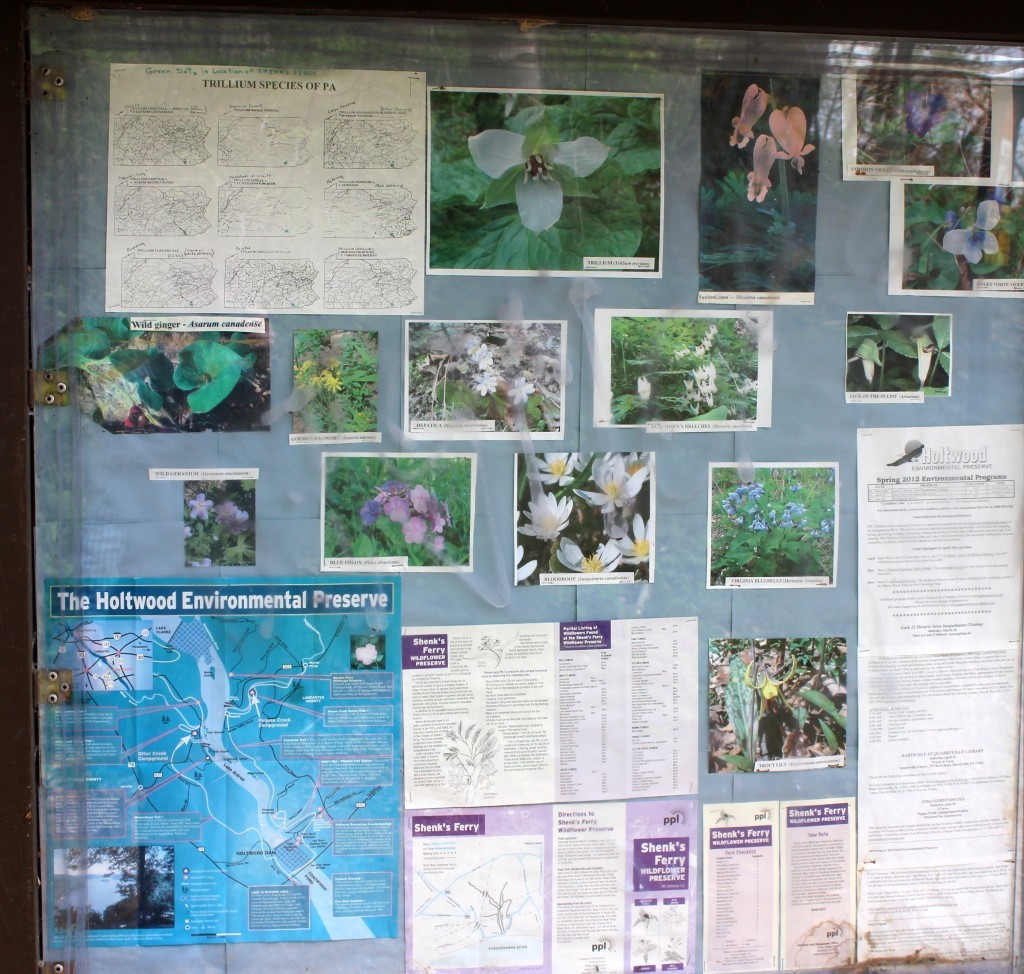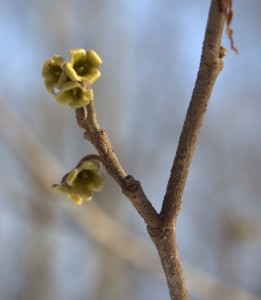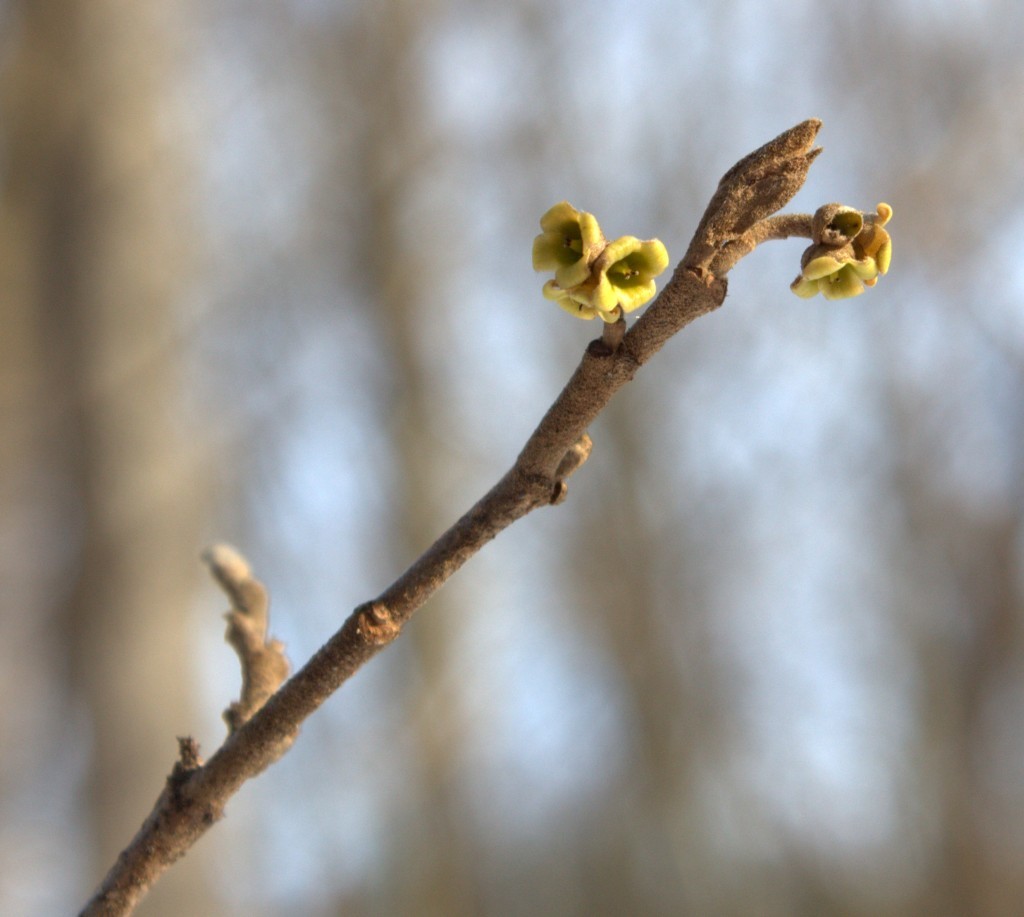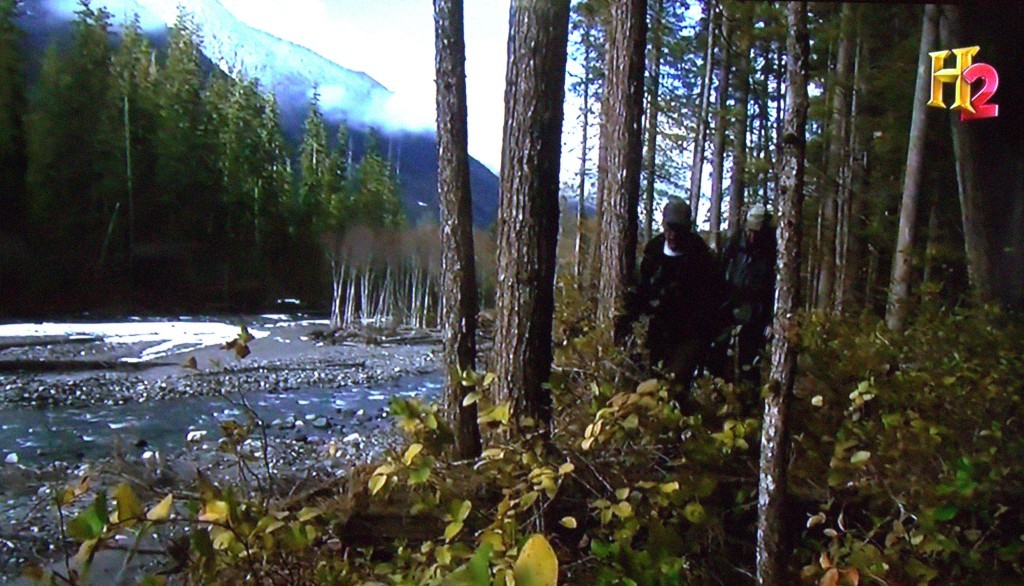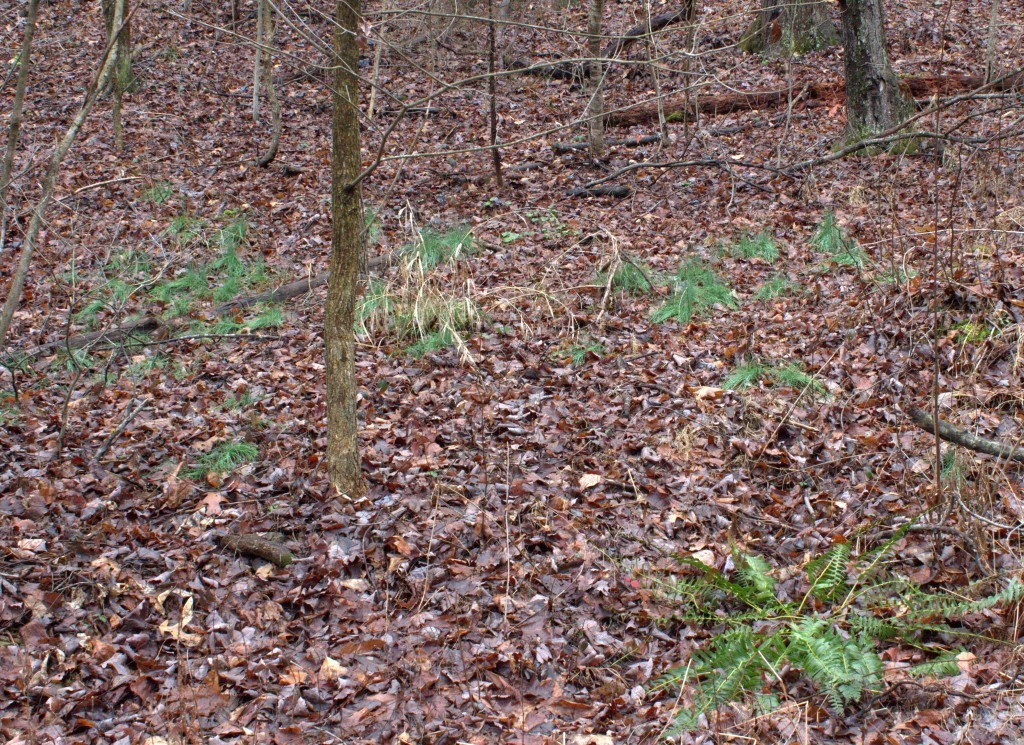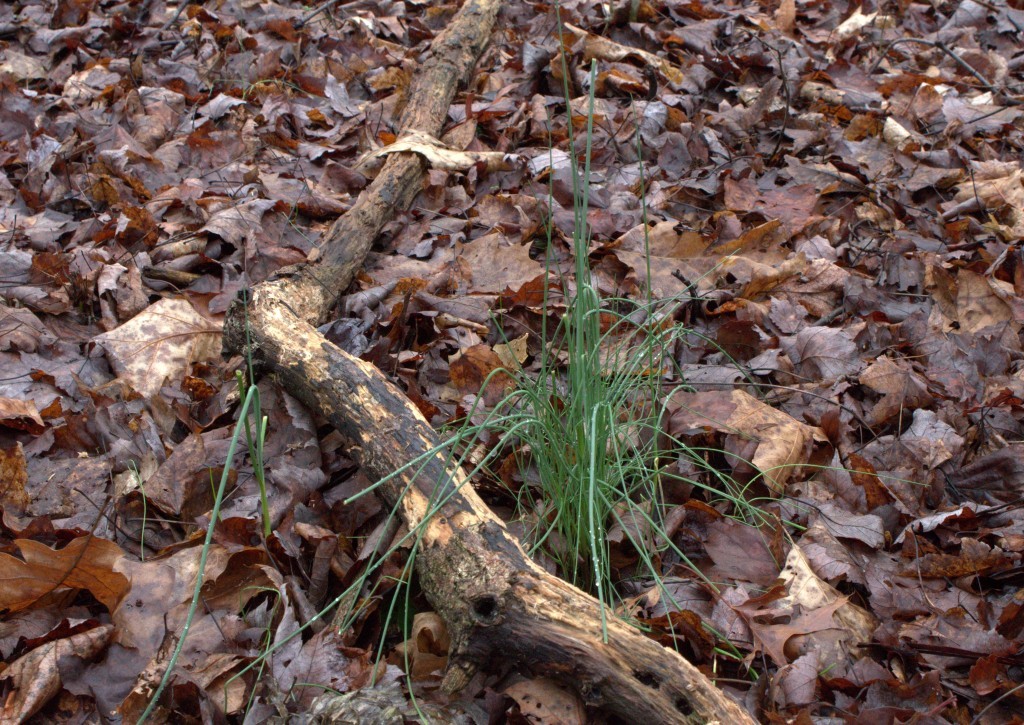The lowly dandelion. It all depends on your viewpoint whether this ubiquitous flowering plant is pretty or something to be poisoned or ripped out by the roots. Yeah, good luck with that last one!
If you’re “trained” to think that the only lawn is a manicured mono-culture of grass, then you’re stuck to the pages of a slick magazine and not rooted in reality.
Reality says that you’re spending too much time trying to get rid of these things and wasting money on chemicals that really shouldn’t be polluting our world. Why do you do this? Don’t you realize that our groundwater is down there?
Haven’t you read that RoundUp(TM) is killing pets and sickening people where it is sprayed willy-nilly on the grass for the purpose of getting rid of “weeds” like the dandelion? Don’t you want your grandkids to be safe playing in the yard? Of course you do, so read on!
Try looking at the dandelion a little closer. It really is a beautiful flower! The color is an amazingly bright yellow, reflecting the golden rays of the sun.
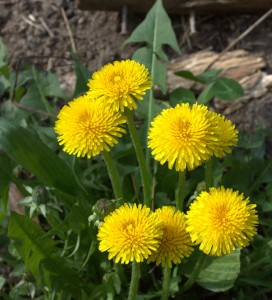
Did you know that dandelion blooms close up at night? The blooms don’t open very much if at all during a cloudy or rainy day. I don’t know about you, but I just think that is a cool thing. The photo below shows the same bunch of dandelions as in the image above in the early morning before the sunlight totally woke them up.
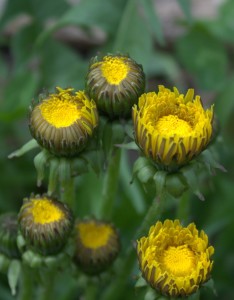
Not all flowers will open up only when the sun is shining. It’s like the sun is really reflected in the happy faces of the dandelion.
Dandelions Are Edible
Who knew the leaves and blooms are edible?
In Pennsylvania Ham and Dandelion dinners are common events around Easter time in early Spring. I saw one being advertised just the other day. Baked ham is a tradition meal for Easter in many places. So, serve it with a salad!
In early Spring dandelion leaves are collected and eaten as salad greens. Once the flowers appear the leaves become too bitter to eat, but the blossoms are edible, too. I came across a recipe for dandelion fritters and it promises that they’re delicious as either a savory dish or sweet treat.
Health nuts who are into juicing know that dandelion leaves can be a great addition to their liquid meals so dandelion leaves are actually available for purchase in bulk.
Seems so silly to pay for food that could easily be gathered for free. I know we have enough dandelion leaves in our yard to make quite a number of salads. Why not employ your kids to pick the leaves with you? When you get a lot, store them in a refrigerator crisper until needed.
Wouldn’t it be much nicer to use the plant than to pollute the earth seeking to get rid of it?
Wine is even made from the dandelion, so why not use this plant to our advantage?
